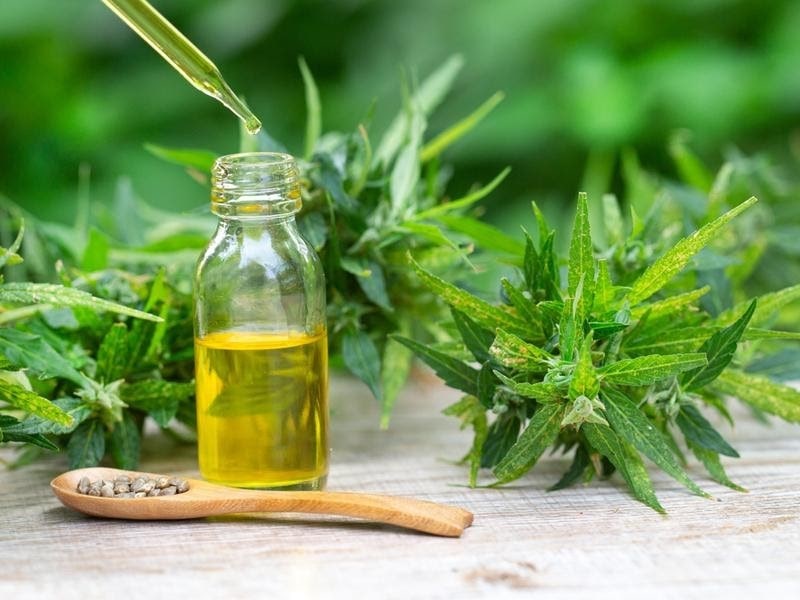
With the increasing demand for natural medicines, some hemp substances such as CBD and THC are becoming more and more popular. This is due to the multiple benefits associated with these compounds. If you already know something about the hemp plant, you probably know the two main substances that cause the plant’s psychological effects: THC and CBD.
But did you know that the hemp plant contains more than a hundred chemicals? And, among these chemicals, there are more than 100 different cannabinoids. Without a doubt, the best known are THC and CBD. The closeness between these two cannabinoids leads some to think that they affect the body in the same way. However, a comparison made between the molecular structures of the two has shown the opposite.
It is true that THC and CBD are derived from the hemp plant, but there are many things that differentiate them. First, CBD is found, primarily in extractions from the hemp plant. It is sold in the form of gummies, oils, creams, capsules, etc. However, THC is the main psychoactive component of hemp, and is responsible for getting the user high. Although it is usually smoked, it can also be found in edibles, tinctures, capsules and other products.
This is just one of the differences between these two cannabinoids. Read on to find out exactly what the characteristics of THC and CBD are.
THC and CBD: chemical structure
THC and CBD have the same chemical composition: 30 atoms of hydrogen, 21 atoms of carbon and 2 atoms of oxygen. In theory, they are almost identical twins. It is the position of one of the atoms that differentiates the two cannabinoids.
Basically, it all comes down to the endocannabinoid system (ECS). The ECS is a network of receptors that interact with cannabinoids to support vital functions in the body. So far, two endocannabinoid receptors have been discovered: CB1 and CB2.
CB1 receptors are mostly found in the brain. They are responsible for mental processes such as cognition, emotion, memory, and motor coordination. On the other hand, CB2 receptors are found in the immune and nervous systems. By interacting with CB1 and CB2 receptors, cannabinoids such as THC and CBD can bring many health benefits. For example, they can help relieve pain, stimulate appetite, relieve anxiety or control mood.

This is where the atom position differentiation we discussed earlier comes into play. Since CBD and THC do not have the same molecular structure, they do not interact in the same way with CB1 and CB2 receptors. This is what makes each cannabinoid have completely different effects on the body.
THC and CBD: how they affect the body
THC and CBD interact with the CB2 receptor, but they interact with the CB1 receptor in very different ways. Because of its molecular structure, THC has the ability to interact directly with CB1 receptors. The reaction of that connection creates signals that reach the brain, and that gives rise to the psychoactive effects that are so well known.
CBD, on the other hand, does not connect directly to CB1 receptors. It works indirectly, and its presence seems to override the connection between THC and CB1 receptors. That means that CBD could neutralize the psychoactive effects of THC.
While there is no doubt that THC offers important health benefits, its psychotropic effects are not to everyone’s liking. In addition, CBD can provide many of the benefits of THC without producing the same psychoactive effects.
For more information about the best CBD Oil, you can follow their page to learn.



